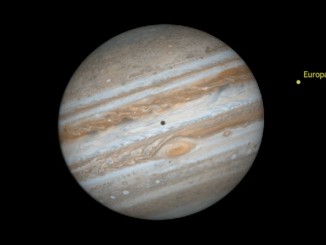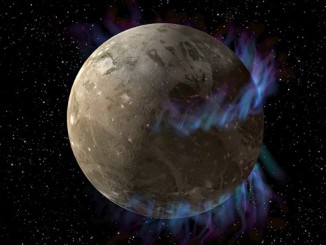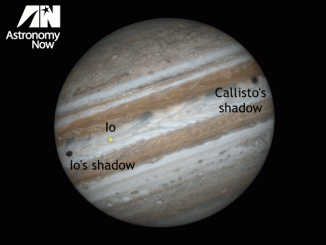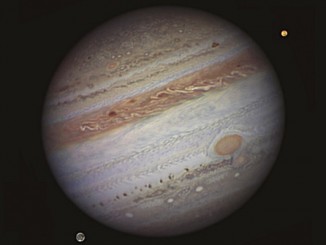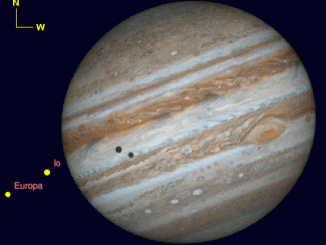
See March’s multiple moon shadows and Jupiter’s Great Red Spot
If you haven’t done so already, now is the time to ensure that your telescope is clean and collimated (aligned) to deliver the sharpest images of planet Jupiter at its best. We tell you the optimal UK times to view the largest planet’s Great Red Spot and multiple shadow transits from its Galilean moons.




